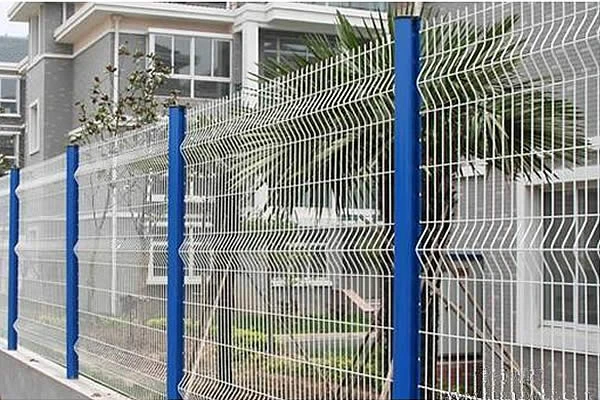 TEL:
+86-13102802206
TEL:
+86-13102802206
 Email:
fencenetting@china.com
Email:
fencenetting@china.com
 Language
Language
 TEL:
+86-13102802206
TEL:
+86-13102802206
 Email:
fencenetting@china.com
Email:
fencenetting@china.com
 Language
Language


Understanding Gabion Wall Costs A Comprehensive Guide
Gabion walls have gained significant popularity in civil engineering and landscaping due to their versatility, aesthetic appeal, and environmental benefits. These structures are essentially wire mesh cages filled with stones or other materials, providing not only functional support but also natural beauty. This article explores the costs associated with constructing a gabion wall, examining various factors that influence pricing, and offering insights into budgeting for such a project.
Cost Breakdown
The cost of a gabion wall can vary widely depending on several factors, including materials, labor, location, and design
. On average, the cost of a gabion wall ranges from $45 to $100 per meter, but this can increase or decrease based on specific project requirements.1. Materials The primary components of a gabion wall are the metal wire mesh and the fill material. The cost of wire mesh can range from $20 to $60 per square meter, influenced by the thickness and quality of the wire. The fill materials, which can include natural stones, crushed concrete, or even recycled materials, vary significantly in price. Locally sourced, rough stones may only cost $15 to $30 per cubic meter, whereas more specialized or decorative materials can reach $100 or more.
2. Labor Labor costs can also impact the overall price of a gabion wall. If the project is relatively simple and the site is accessible, the costs may be lower. However, for larger or more complex installations, or if heavy machinery is required, labor costs can escalate. Generally, labor costs can make up about 30% to 50% of the total project cost.
3. Site Preparation Before construction can begin, the site must be properly prepared. This may include clearing the area, leveling the ground, and ensuring proper drainage. Site preparation can incur additional costs ranging from $5 to $20 per meter, depending on the condition of the land.
4. Design and Engineering While many small gabion walls can be constructed without in-depth engineering, larger or more complex designs may need professional input. This could include substantial grading or structural analysis and could add anywhere from $1,000 to $5,000 to the total project cost, depending on the complexity.

5. Location Geographic location plays a crucial role in the overall cost. Areas with high labor costs or remote locations that require special transportation arrangements for materials will see increased prices. Additional transportation costs for materials need to be considered, especially if you are sourcing stones from a distant quarry.
6. Permits and Regulations In some jurisdictions, building a gabion wall may require permits or adherence to local regulations, which can introduce extra costs. It’s essential to check with local authorities to ensure compliance, as failing to do so can lead to fines or necessitate expensive alterations later on.
Budgeting for a Gabion Wall
When planning for a gabion wall project, consider creating a detailed budget that includes all expected expenses. Start with material costs, including both cages and fill. Factor in labor estimates and site preparation needs. Finally, budget for permits and any other unforeseen expenses that may arise during the installation.
Benefits of Gabion Walls
Despite the initial investment, gabion walls provide numerous benefits. They are excellent for erosion control, effective at managing water runoff, and can enhance the natural landscape. Their porous nature allows for proper drainage, minimizing pressure on the wall structure. Additionally, gabion walls can be configured in various shapes and sizes, offering flexibility for both functional and aesthetic designs.
Conclusion
In conclusion, the cost of constructing a gabion wall can vary based on numerous factors such as materials, labor, site preparation, and local regulations. Understanding these costs and budgeting accordingly is crucial for anyone looking to undertake a gabion wall project. While the upfront investment may be considerable, the long-term benefits they offer in terms of durability, environmental impact, and visual appeal can make them an attractive choice for homeowners and landscape professionals alike.